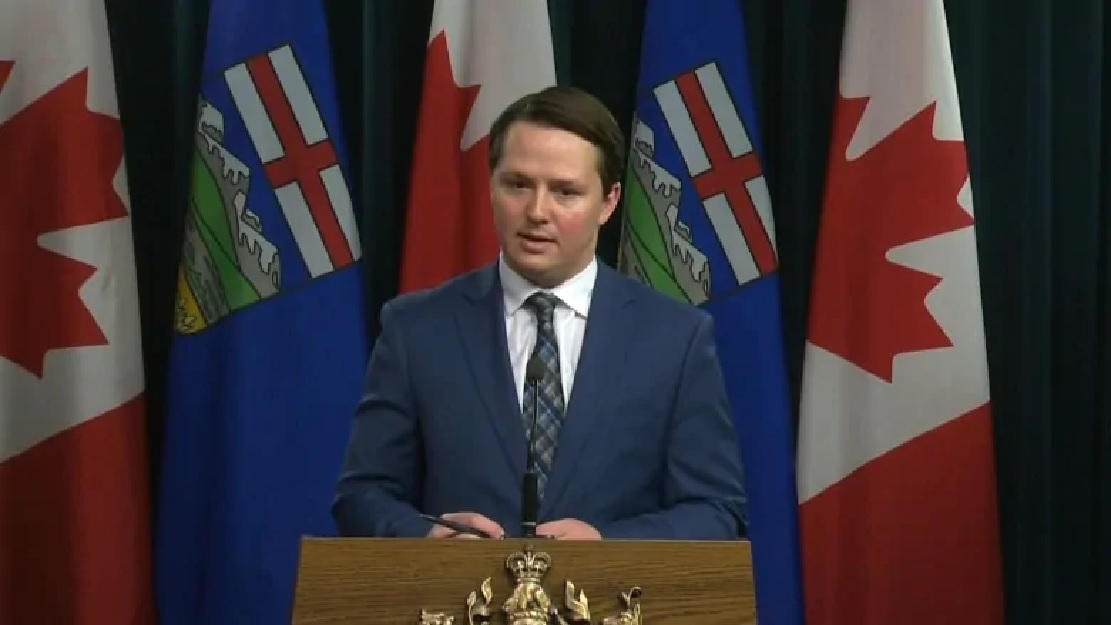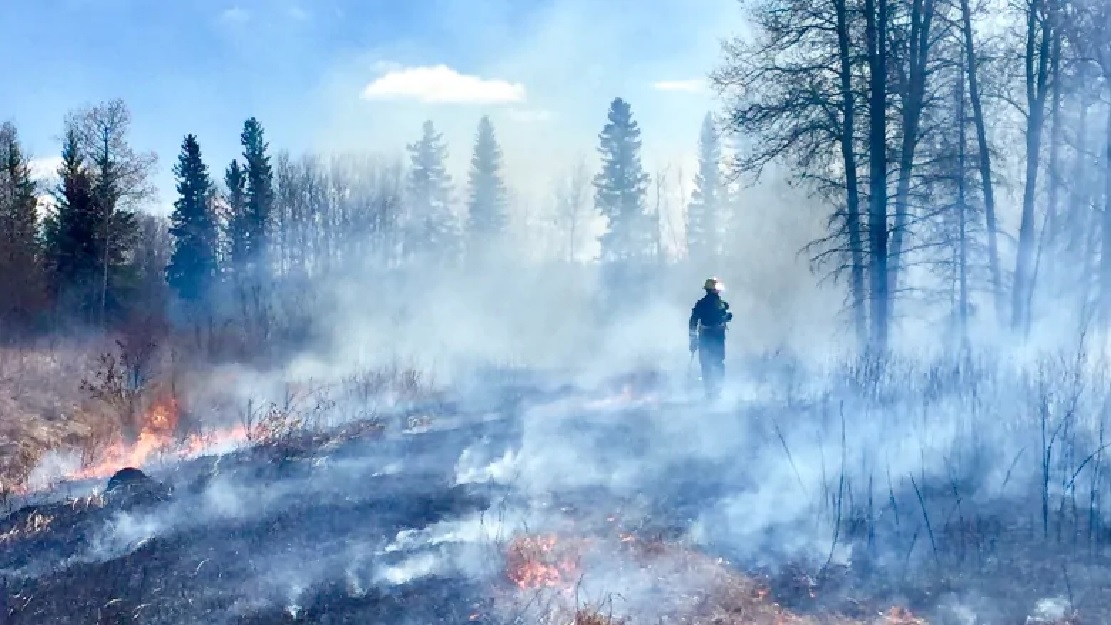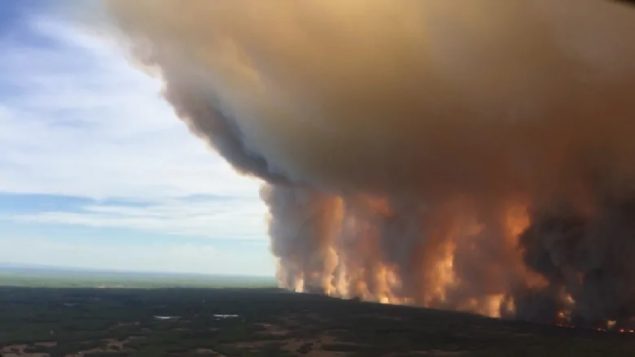Canada’s western province of Alberta with its wide prairie and vast boreal forest, last year experienced more than one million acres burned by wildfires. That’s over 400,000 kilometres, or several times the entire size of Ireland (84,000km).
The majority (70%) of those many damaging and costly fires were caused by human activity.
The province is now taking strong new measures to limit the chance of fires, and investing heavily in control measures, especially at a time when the province is also dealing with the effects of the COVID-19 pandemic.
Provincial Agriculture and Forestry Minister Devin Dreeshen announced measures that will come into effect today.
In making the announcement yesterday Dreeshen said, “ “With Alberta’s wildfire season matching with the expected peak of COVID-19, we have to take extra precautions to ensure our response efforts are well-funded and planned out. This spring, we may find ourselves facing multiple disasters at once. With all these measures, we will be prepared.”\

Alberta Minster of Agriculture and Forestry announced new measures in preparation for the wildfire season already underway. This includes fire bans, and off-highway vehicle restrictions, heavy fines for violations, and millions of dollars for fire fighting measures ( Will Wang-CBC)
These include a ban on campfires or other fires in the province’s Forest Protection Area, provincial parks, and other protected areas. Together these represent about 60 per cent of the province’s territory.
Off road vehicle use, such as ‘quads’ or other ‘all terrain vehicles’ in these areas is prohibited as sparks or the heat from exhaust systems can start fires.
There are exceptions for indigenous peoples engaging in traditional purposes on public land. and industrial use and emergency responders. Heavy new fines will be imposed for not following the rules.
The firefighting staff will be boosted to about 800 with the addition of 200 seasonal firefighters. The expenditure of some $5 million will be added to $20 million to go to communities as part of the province’s ‘Fire Smart’
https://wildfire.alberta.ca/firesmart/default.aspx
programme of education and localized fire mitigation efforts.

The wildfire season begins in spring when snow is gone leaving much dead and dry vegetation. (Josh Lambert-via CBC)
In the past, firefighters from other provinces were brought in to help deal with the hundreds of seasonal wildfires, but due to COVID-19, that will likely not be possible. In respect of the pandemic requirements, plans are also being made to adequately house people who might have to be evacuated and for the firefighters themselves who often have to work and live in close quarters.
The wildfire season tends to begin a month earlier in Alberta than elsewhere as the snow melts leaving large areas of dead and dry vegetation. Although the season extends from the beginning of March until October, the peak is often in April and May, before green growth begins.
additional information-sources
- Alberta Wildfire
- Western Producer: J Simes: Apr 14/20: Alberta prepares for wildfire season
- CBC: Apr 14/20: Alberta bans most off-highway vehicle use to keep wildfire risk down as pandemic rages
- Global News: C Ramsay: Apr 14/20: Alberta issues fire ban, OHV restrictions amid COVID-19 pandemic
- rdnews Now: Apr 14/20: Alberta government announces new measures to reduce human-caused wildfires
- CTV: K Dyer: Apr 14/20: Alberta aims to limit human-caused wildfires during the COVID-19 pandemic







For reasons beyond our control, and for an undetermined period of time, our comment section is now closed. However, our social networks remain open to your contributions.